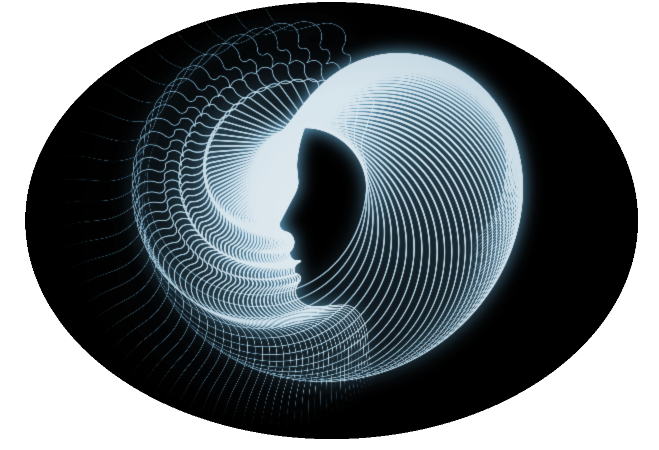Do we have a Soul? Who/what has it? What is the relationship between the body and the soul?
The Diamond Approach articulates a comprehensive understanding of the soul as the “medium of experience.” This medium of experience exists on the macro-level as the underlying field of consciousness of reality and on the micro-level as the individual consciousness.
The soul, then, is the medium for all awareness, knowledge, and potential of reality to arise and be “experienced,” which includes all mental, emotional, and body sensations and processes.

According to Britannica: soul, in religion and philosophy: the immaterial aspect or essence of a human being, that which confers individuality and humanity, often considered to be synonymous with the mind or the self. In theology, the soul is further defined as that part of the individual which partakes of divinity and often is considered to survive the death of the body.
There are several points to consider in Britannica’s definition of soul:
- The soul is immaterial – not of matter as the body is. This is congruent with the Diamond Approach’s understanding of the soul, as is…
- The soul is the essence of the human being – “Essence is your essence, the nature of your soul. In time, the more your experience and understanding of it deepen, you recognize that it is not just your essence, but the essence of everything. Deeper still, you see that it is not only the essence of everything, but that Essence is the only thing that is actually present; there is nothing but Essence, in other words.” – A. H. Almaas, Facets of Unity, ch. 17
- …that which confers individuality and humanity – The Diamond Approach recognizes that all experience happens via the individual consciousness (the soul), but the relationship of the individual consciousness to the universal consciousness is similar to a hologram – the entirety of the universal is available at every individual point of the field.
- …often considered to be synonymous with the mind or the self. In theology – The Diamond Approach not only discriminates the soul from mind, but also articulates in great detail the differences between the self and soul. In fact, the Diamond Approach differentiates many levels, aspects, functions and presentations of the soul, the self, and the mind – as well as identity. (See The Pearl Beyond Price and The Point of Existence.)
Coming back to: What is the soul?
Under normal circumstances the body and soul are coextensive and hence function together to locate awareness. The more important meaning of locus—related to the first—is the second one, which is that the soul is the site where all of our experiences, of everything and on all levels, happen. So my experience happens within my soul; it does not happen in someone else’s soul. Although this observation is the basis of the notion of an individual soul, its relevance is that the soul is our personal inner field of experience, the matrix where all inner events and processes happen. In other words, the recognition of soul as individual locus not only leads to differentiating one soul from another, but also to the important insight that soul functions as the container of all experiences. The soul is literally the vessel that contains and holds all of our inner events. – A. H. Almaas, The Inner Journey Home

So, what is the relationship of the soul to the body?
Thirteenth-century Sufi mystic Rumi said, “The soul builds the body, atom by atom.”
This points to the mystical understanding that this world and all of its manifestations are expressions and reflections from the other world, the invisible world of soul and spirit. Nothing originates in this world. All of what we see and experience has its roots in the spiritual dimensions.
To believe that I’m not a body but I have a body is very useful at some point when I begin to recognize and deal with my body image. As I begin to realize that I am identified with a body image, it is possible for me to recognize that I am a consciousness or spaciousness that has a body. This insight may manifest as truth at some point, which then transforms my experience. But this truth is not final. A year or two later, I might start having certain issues that I recognize are there because I make a separation between my body and my soul. I think I am a soul that has a body or a body that has a soul. At the time, it was useful for me to recognize that I am a soul that has a body, but a year later that truth becomes a falsehood because I recognize then that the body is nothing but a manifestation of the soul. There is no body separate from the soul. The soul doesn’t have a body, like a possession; the body is as much a part of the soul as my feelings are a part of the soul. – A. H. Almaas, The Inner Journey Home

The sense of separation between spirit and our body is very common, both in our cultures and in many spiritual traditions. We are often taught that the body is merely a container of the soul and something to be transcended on the spiritual path. From this view the spiritual realm is seen as somehow separate from the physical and the body as something other than a form of spiritual consciousness.
Diamond Approach teacher, Linda Krier challenges this perspective by offering an alternate view: that not only is our physicality in a kind of mystical union with our soul, it is a living form of consciousness that is beingness itself. More information here>>
